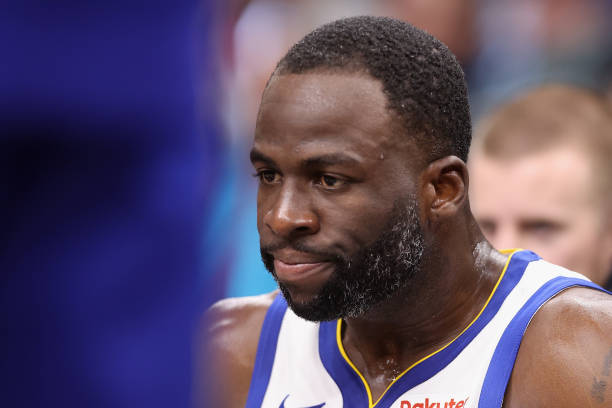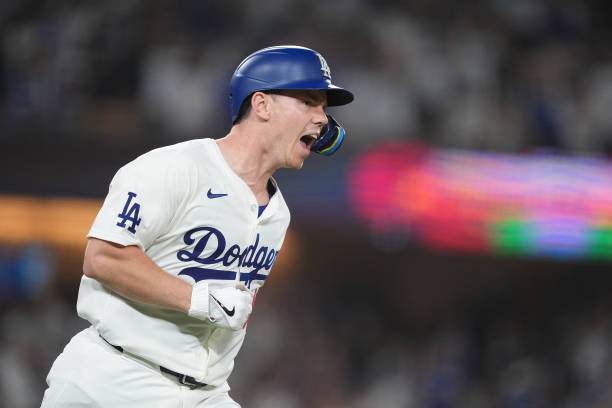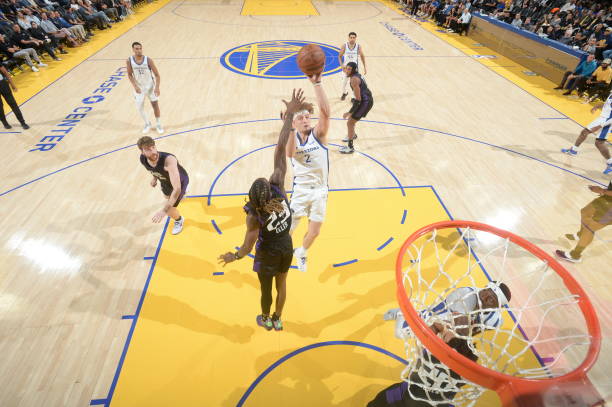
The NBA free agency period has long been a highly anticipated event for fans and players alike. Traditionally, it was a time when top-tier players would hit the open market, creating a frenzy of bidding wars and blockbuster signings. However, recent years have seen a significant shift in how free agency operates. This change has been largely attributed to the new Collective Bargaining Agreement (CBA) and the introduction of the second apron, which have fundamentally altered the dynamics of player movement and team strategies. Draymond Green, a veteran player with a unique perspective on the business side of the league, recently shared his thoughts on these changes and their impact on the NBA.
Draymond Green, a key player for the Golden State Warriors, took to social media to express his frustration with the current state of NBA free agency. In a lengthy post, Green lamented the lack of excitement and star power in recent free agency periods. He argued that the new CBA and the second apron have effectively killed free agency as we once knew it. According to Green, the anticipation leading up to July 1st used to be as thrilling as the NBA Finals, but now it feels like a non-event.
Green pointed out that many young players are mismanaging their careers by not understanding the new rules and the business they are a part of. He highlighted the importance of players being aware of the financial and strategic implications of their decisions. Green, who has close ties with both current and former team executives and owners, feels that players need to be more informed about the league’s business operations.
The new CBA, which was negotiated in 2017, introduced several changes aimed at balancing the financial interests of players and teams. One significant change was the introduction of the second apron, also known as the hard cap. This cap limits the amount of money teams can spend on player salaries, effectively creating a ceiling that teams cannot exceed without facing severe financial penalties.
The second apron has had a profound impact on team strategies. Teams are now less focused on clearing cap space to sign free agents and more focused on retaining their own players through extensions. This shift has led to fewer top-tier players entering the free agency market, as they opt to sign extensions with their current teams. The result is a free agency period that is less exciting and less competitive.
The new CBA and the second apron have also changed the way players move between teams. Instead of signing with teams that have cap space, top players now often move via trades. This trend was evident in the recent Kevin Durant situation, where he used the threat of leaving in free agency to negotiate a trade to his preferred destination. This strategy allows players to maximize their earnings while still having some control over their career paths.
The shift towards trades has further reduced the number of teams with significant cap space. Teams now prioritize having tradable assets and exceptions rather than clearing cap space. This change has made it even more challenging for middle-class players to find lucrative deals, as there are fewer teams willing to bid on them.
The changes in the CBA and the introduction of the second apron have had a particularly significant impact on middle-class players. These players, who are not necessarily stars but still contribute significantly to their teams, have seen their leverage in negotiations diminish. With fewer teams having cap space to bid on them, these players often have to settle for deals with non-guaranteed years and team options.
Restricted free agents, who rely on offer sheets to apply pressure to their current teams, have also been negatively affected. Teams are now reluctant to tie up their limited cap space with offer sheets, making it even more challenging for restricted free agents to secure significant contracts.
Q: What is the second apron in the NBA CBA? A: The second apron, also known as the hard cap, is a financial limit imposed by the NBA’s Collective Bargaining Agreement. It restricts the amount of money teams can spend on player salaries, effectively creating a ceiling that teams cannot exceed without facing severe financial penalties.
Q: How has the new CBA changed free agency? A: The new CBA has introduced several changes that have altered the dynamics of free agency. The most significant change is the introduction of the second apron, which has limited the number of teams with significant cap space. This has led to fewer top-tier players entering the free agency market and more players opting for extensions with their current teams.
Q: Why are fewer top-tier players entering free agency? A: Fewer top-tier players are entering free agency because they are opting to sign extensions with their current teams. This strategy allows them to maximize their earnings while still having some control over their career paths. Additionally, the new CBA and the second apron have made it more challenging for teams to clear cap space, reducing the number of teams willing to bid on free agents.
Q: How have middle-class players been affected by the new CBA? A: Middle-class players have seen their leverage in negotiations diminish due to the new CBA and the second apron. With fewer teams having cap space to bid on them, these players often have to settle for deals with non-guaranteed years and team options. This has made it more challenging for them to maximize their earnings.
Q: What is the future of NBA free agency? A: The future of NBA free agency will likely continue to be influenced by the new CBA and the second apron. While the current changes have led to a less exciting free agency period, the league may see a resurgence in excitement if a future superstar decides to forgo extensions and enter the free agency market.
The NBA free agency period has undergone significant changes due to the new CBA and the introduction of the second apron. These changes have altered the dynamics of player movement and team strategies, leading to a less exciting and less competitive free agency period. While some players, like Draymond Green, lament these changes, they are a reality of the current NBA landscape. Understanding these changes and their implications is crucial for both players and fans as the league continues to evolve.





